Table of Contents
Quality Service Guarantee Or Painting Free

Get a rental agreement with doorstep delivery

Find the BEST deals and get unbelievable DISCOUNTS directly from builders!

5-Star rated painters, premium paints and services at the BEST PRICES!
Loved what you read? Share it with others!
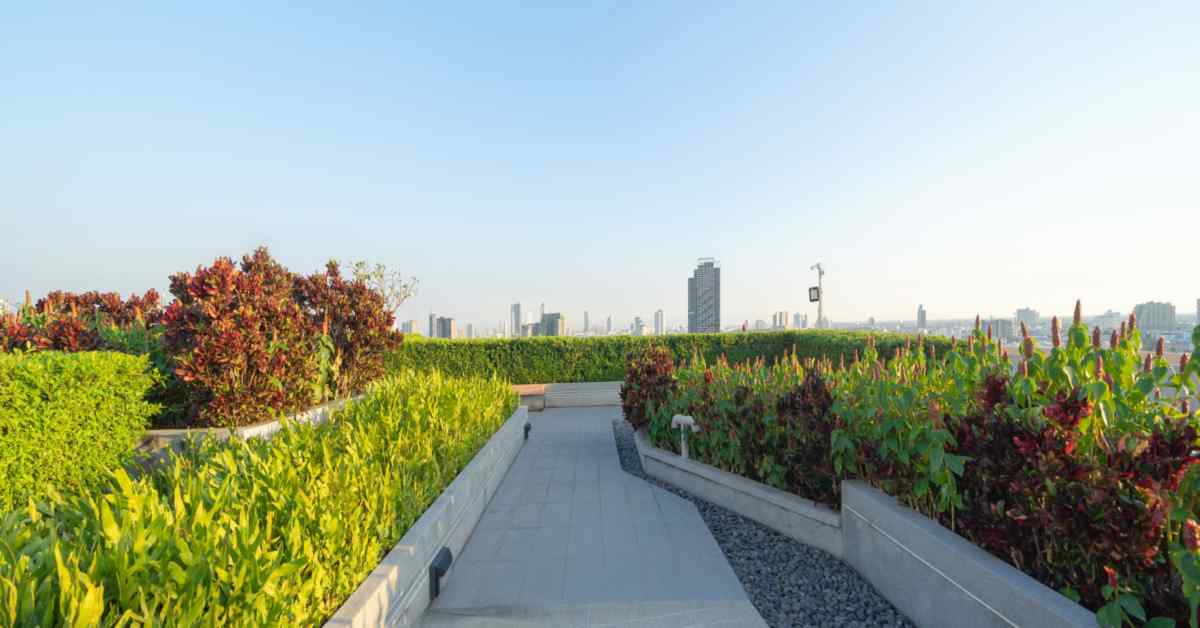

Submit the Form to Unlock the Best Deals Today
Check Your Eligibility Instantly

Experience The NoBrokerHood Difference!
Set up a demo for the entire community
Create an Urban Paradise with Rooftop Garden Ideas
Table of Contents
As urbanization continues to expand, the environment in cities is facing significant challenges. Concrete structures are replacing green landscapes, leading to the deterioration of urban ecosystems. This loss of green spaces poses a threat to mitigating issues such as the urban heat island effect and reducing harmful emissions.
Recognizing the urgent need to address these negative consequences, innovative builders, planners, and urban designers are proposing strategies to preserve and enhance the environmental quality of cities. One effective solution they suggest is the creation of rooftop gardens or garden areas.
What is a rooftop Garden?
A rooftop garden is a green oasis created on the roof of a building, offering a unique and environmentally friendly way to utilize urban space. By transforming the typically unused rooftop into a lush garden, it brings nature closer to city dwellers, providing a refreshing escape from the concrete jungle.
Quality Service Guarantee Or Painting Free

Get a rental agreement with doorstep delivery

Find the BEST deals and get unbelievable DISCOUNTS directly from builders!

5-Star rated painters, premium paints and services at the BEST PRICES!
Rooftop gardens also provide several environmental benefits, such as reducing heat island effect, improving air quality, conserving energy by insulating the building, and managing stormwater runoff. In addition to the environmental advantages, these gardens enhance the aesthetic appeal of buildings and promote a sense of well-being among residents and visitors alike.
Importance of Having a Rooftop Garden
Having a rooftop garden offers numerous benefits, ranging from environmental to social and even economic advantages. Here are some of the key reasons why having a rooftop garden is important:
Improved air quality: Rooftop gardens help to improve air quality by absorbing pollutants from the atmosphere. The plants in a rooftop garden also release oxygen, which can help to reduce the levels of carbon dioxide in the air.
Reduced energy consumption: Rooftop gardens can help to reduce energy consumption by providing insulation for the roof. This can help to keep the building cooler in the summer and warmer in the winter, which can reduce the need for air conditioning and heating.
Enhanced stormwater management: Rooftop gardens can help to manage stormwater by absorbing rainwater and reducing the amount of runoff that enters the sewer system. This can help to reduce flooding and pollution.
Increased biodiversity: Rooftop gardens can provide a habitat for birds, insects, and other wildlife. This can help to increase biodiversity in urban areas.
Improved mental and physical health: Rooftop gardens can provide a space for people to relax and enjoy the outdoors. This can have a positive impact on mental and physical health.
Increased property value: Rooftop gardens can increase the property value of a building. This is because they are seen as a desirable amenity by many people.
Best Tips to Create a Rooftop Garden
Making a rooftop garden isn't that difficult. Just follow these steps:
- Begin with a strategy. Consider whether you want to garden in raised beds or containers before going to the garden centre and how much of each you'd like.
- Consult a structural engineer. To verify that the roof can hold the pressure of your garden, contact the construction manager or engineer.
- Register for access. You'll need convenient access to transfer materials, equipment, soil, and seedlings up and down the roof.
- Use high-quality materials. Larger pots, including half-barrel plantings, are better for containers since they are less prone to dry outside or fly around in breezy circumstances.
- Use high-quality materials. Larger pots, like half-barrel planters, are better for containers since they are less prone to dry outside or blow around like that in windy circumstances. If you build raised beds, make them at least 10-inches thick to provide enough soil for root development.
- Look for a water source. During the hottest portions of the summer, rooftop beds and pots will dry out rapidly and may require daily watering. An automatic irrigation system can be developed if desired to save time on watering.
- Look for available storage space. It's not fun to drag tools, fertilisers, and soils up to the ceiling whenever you want to garden. But, even if it's just a plain wooden box, a modest storage place will keep supplies organised and minimise them from flying around on a breezy roof.
- Select the appropriate planting medium. Topsoil is your best buddy in rooftop pots and raised beds. It's not just more water-resistant than potting soil but lighter and less likely to compact with time.
Benefits of Having a Rooftop Garden
Enjoy Roof Gardens with Family & Friends - Rooftop gardens are wonderful places to spend quality time with others, whether for lunch or a stroll. The lush foliage makes for a scenic landscape for photos and films to remember one's day.
Creates A Private Space for Me-Time - A trip toward the Modern rooftop Garden might be good when one wants some time away from everything that generates stress. Green is a calming hue that has greatly affected mental and emotional well-being. Stress and anxiety can be relieved by being surrounded by greenery. Green settings can assist patients in recovering from illness more quickly. Patients in long-term care centres can relax in rooftop gardens while undergoing rehabilitation. Green has a calming and relaxing impact, and simply being in its presence can aid in recovery and renewed vitality.
The Rooftop Gardens Provide Stunning Views - Consider being 30 feet above the ground and still surrounded by breathtaking beauty. A roof terrace can provide exactly that. Green roofs also add to the cityscape and provide views.
Brag About Their Rooftop Vegetable Garden in India - People adore green places, and a well-maintained rooftop garden will impress them. They will also like the fact that perhaps the structure is eco-friendly and provides biodiversity. Green roofs also help to minimise energy expenses associated with air conditioning since they can reduce heat. Green roofs also require little care because they preserve the actual roof's surface. A rooftop garden has numerous benefits for both residential and commercial structures, as well as the environment. Creating one may appear to be a large investment, but the advantages far outweigh the price.
Best Rooftop Garden Design Ideas
Milan's Archilabo Style Rooftop Garden
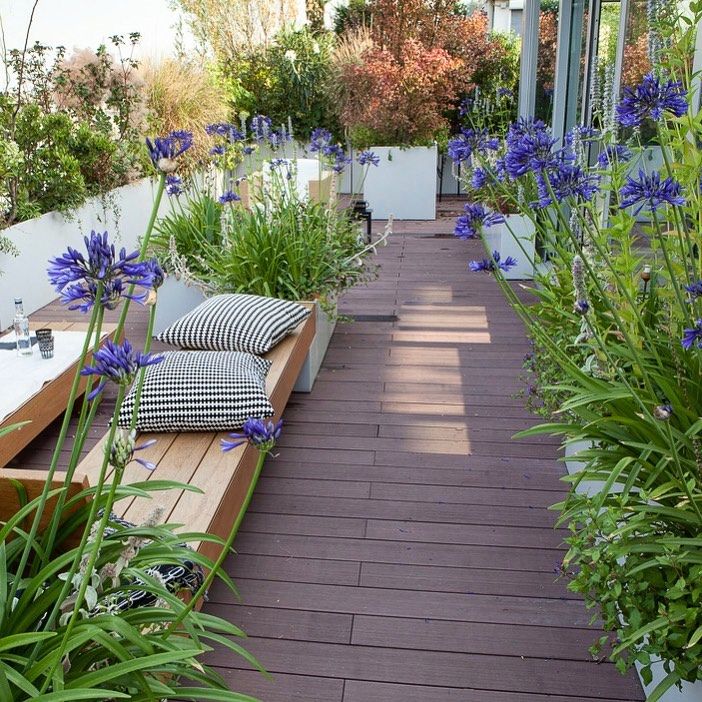
Landscape architect Christina Mazzucchelli created this industrialised fifth-floor terrace, one among three in residence, with galvanised steel drum pitchers and a concrete external kitchen softened by fluffy grasses and perennial crops. The Indian-style seating on the side of the rooftop garden also blends in well with the garden's overall vibe and the plants' colours.
Milan's Romolo Private Terrace
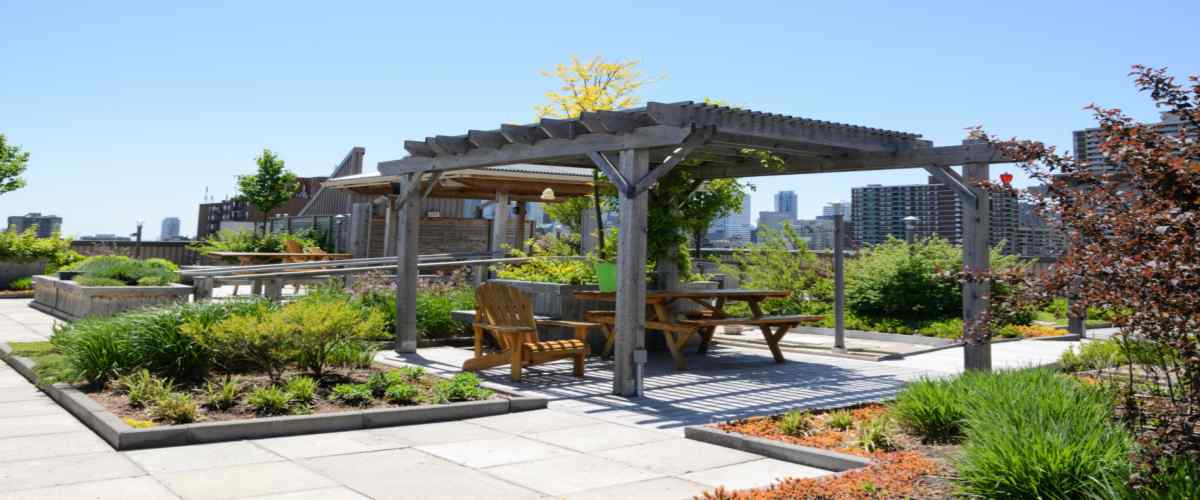
Mazzucchelli created three unique rooms on this open-layout terrace using plants as walls: a dining area, a big lounge, and a small rest corner. Purple and dark-coloured chairs go well with Japanese trees, geraniums, and sedums that have similar colours. This rooftop garden design style is perfect for cities with a lot of sunlight or rain. The shaded seating area in the middle of the rooftop garden allows homeowners to rest and have a relaxing time between the gardening activities.
Large Rooftop Garden Ideas

While these two cabins appear to blend in with their surroundings, they are worth investigating further. A green roof built by Feldman Architecture, Incorporated sits atop the lower one, studded with succulents that help collect rushing rainfall. The vintage seating options in this large rooftop garden area add a sense of character to the entire space, thanks to the various types of plants and bushes.
Lower East Side Rooftop Garden Style
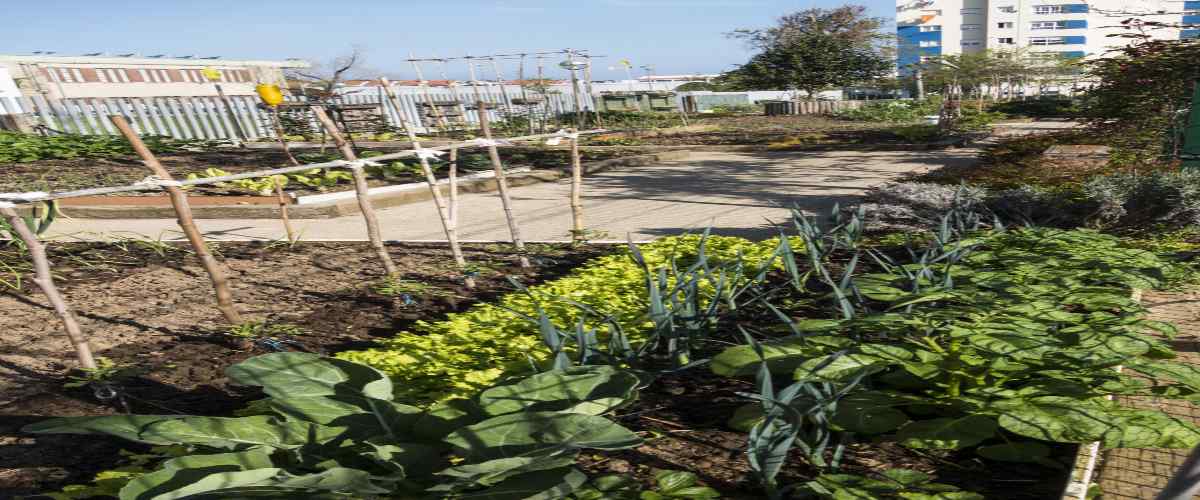
The Empire State Building may be seen from this roof from a specific angle, but the Pull-tab-designed space seems like a quiet refuge away from it, thanks to a handcrafted oak water fountain and a Japanese wisteria-covered pergola. The best thing about this garden design is that it uses every inch of the rooftop space. The garden has been landscaped meticulously, ensuring that it can have defined boundaries for vegetables and floral saplings.
New York City's Tribeca Penthouse Garden
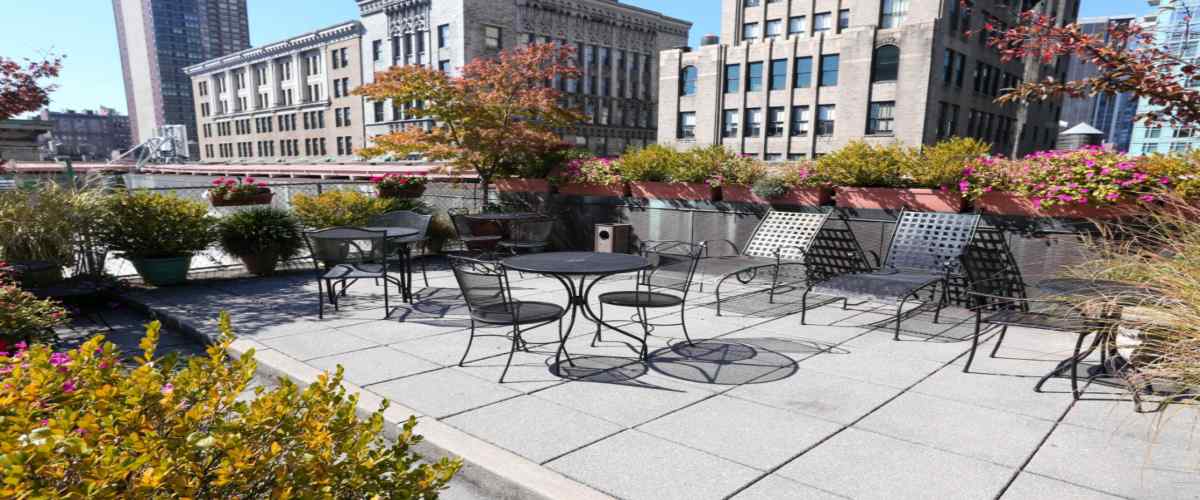
HMWhite's ode to the building's architecture is a mountain-like timber bench emerging from a prefabricated stone-and-lawn landscape. The stainless-steel jacuzzi, which is surrounded by meadow grasses, maybe the ideal site for admiring the Manhattan skyline. The best aspect of this rooftop garden design is that it allows a lot of unoccupied space that can be used by the residents to throw rooftop parties and family get-togethers.
Veggies And Best Trees for Rooftop Garden in India?
- Zucchini, Jalapeno, Bitter gourd, Tomatoes, Pumpkin, Radishes, and Greens (December and January)
- Eggplant, tomato, chilli, bitter gourd, Bhindi, Clusters (January, February)
- Ribbed Gourd, Beans, and Greens
- Bhindi, Bitter gourd, Peppers, Ribbed gourd, March (Feb, Mar)
- Plant drumstick, clustered bean, and Bhindi in April (March, April).
- Plant drumstick, aubergine, tomatoes, and cluster beans in April and May.
- June: Aubergine, Tomato, Pumpkin, Lettuce, Bhindi (May, June).
- Chilli, Bitter gourd, Squash, Ribbed gourd, Carrot, Bhindi, July: (June, July)
- Tomatoes in clusters
- Carrot, Ribbed gourd, Bitter gourd, Jalapeno, Bhindi (July, August).
Advantages of Having a Rooftop Gardening
The following are the main advantages of a rooftop garden:
- CO2 emissions are converted: Rooftop gardens help mitigate the impact of carbon dioxide (CO2) emissions by absorbing and converting CO2 into oxygen through photosynthesis, contributing to cleaner air and reducing the carbon footprint of the building.
- Generates oxygen: As plants photosynthesize, they release oxygen into the atmosphere, increasing oxygen levels in the surrounding environment and improving air quality.
- Lowers temperature and energy expenses: The vegetation in rooftop gardens acts as a natural insulator, reducing heat transfer into the building and lowering the need for excessive air conditioning. This can lead to decreased energy consumption and cost savings.
- Collects and stores rainwater: Rooftop gardens can incorporate rainwater harvesting systems, allowing them to collect and store rainwater for irrigation purposes. This helps conserve water resources and reduces reliance on external water sources.
- Decreases runoff and discharge of stormwater: By absorbing rainwater and reducing the amount of runoff, rooftop gardens help prevent the overloading of stormwater systems and reduce the risk of flooding. They act as natural buffers, allowing water to be absorbed and filtered before it enters drainage systems or bodies of water.
Tips For House Simple Roof Garden Design
Create beds - It's a wonderful idea to build raised beds alongside the roof walls. Raised beds constructed of wood or metal can be added. Concrete raised beds can also grow high shrubs and small trees. Use a protective layer and a thick barrier to keep roots out of the roof and prevent damage. Another option is to build garden beds from the ground that are slightly elevated. The plant roots may be unable to penetrate in this manner. If you have an open terrace, then growing climbing plants for privacy would be a great idea. Clematis, climbing roses, and English Ivy are some of the best options you have! You can also use a bamboo screen and drapes or set up a wooden frame.
Diversity & Colours - Whenever it comes to roof terrace garden design, make sure to keep the size diversity of the plants in mind. There must be a few huge shrubs, plants, and small trees, as well as ground coverings and annuals. Also, buy vessels of various sizes to give your rooftop garden a unique appeal.
A maximum of three colours - Always use one colour as an accent tone, followed by one or three more colours. Using a variety of colours for the walls, flooring, railing, furniture, or containers might make your rooftop appear congested and hectic. The optimum combination is a colour and a neutral colour. White, grey, beige, and indigo are all neutral colours that enhance the attractiveness of plants.
A mini pool and bar - Many people dream of having a small pool on their patio surrounded by beautiful green tropical plants. If you don't have a large terrace, create a little pool and fill it with plants in containers. Mini parties could be held on a rooftop with a barbecue, bar, or mini kitchen, as well as some plants. You can spend a great weekend on your terrace in this manner.
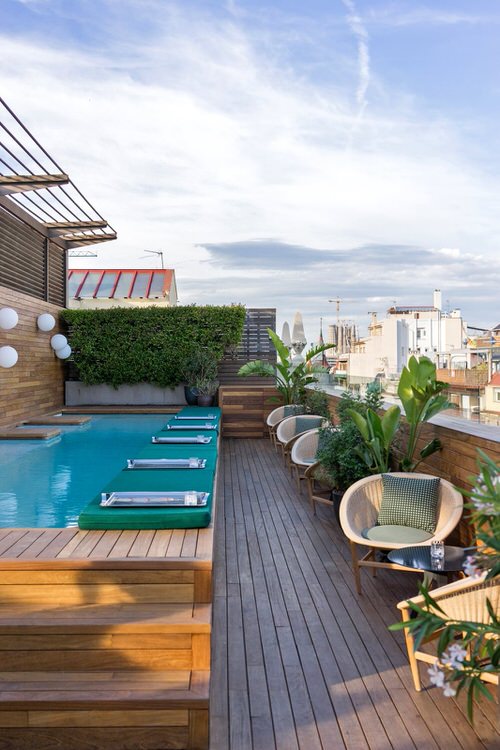
How Can NoBroker Help?
In conclusion, a rooftop garden can be a captivating addition to any home, offering tranquility and a sense of escape for urban dwellers. Whether you're considering a water feature, a variety of plants, or even just a simple statue, the possibilities for creating a stunning rooftop garden are endless. By ensuring proper lighting, you can enhance the garden's ambiance and create an illusion of spaciousness at night.
If you're seeking inspiration or expert advice on designing your rooftop garden, reach out to NoBroker Interior Desgin experts for a personalized consultation. Transform your home into a beautiful oasis with these budget-friendly ideas.

FAQs
Answer:
1. Avoid using pavers instead of plastic, fibreglass, or foam planting containers.
2. Instead of garden dirt, use lightweight potting soil.
3. Use Styrofoam peanuts instead of rocks or pottery shards as drainage.
4. Remember that your roof garden will be much windier than a traditional garden.
Answer: Here are some of the most typical issues a gardener may encounter with such a rooftop garden.
● Water accessibility and drainage difficulties
● A means of transporting gardening goods to the roof.
● Storage.
ANSWER: The following three waterproofing design aspects are critical to the system's success: Support for additional weight on the structure. The rooftop garden and the building must be compatible from the start:
● The stratum of drainage.
● The filter cloth.
● The medium for planting.
● Dressing/mulch on top.
● Your plants will be exposed to harsh weather.
● Privacy.
● The roof has structural difficulties.
Answer: Rooftop farms, on the other hand, help cool buildings and reduce carbon emissions. Rooftop farmers also reduce the environmental impact of food transportation by growing crops in the community they serve. As a result, make actual, wholesome food more readily available.
Answer: When it relates to rooftop gardening, you're already ahead of the game if you have a pitched roof. Flat roofs are the easiest to transform into rooftop gardens; all that is required is the purchase of planters or gardening boxes and the planting of suitable plants, flowers, and vegetables.
ANSWER: There are several options for rain protection on your balcony, roof, or patio garden, including:
Making a permanent pergola
A fixed awning is attached to the concrete wall.
Installing a foldable awning or canopy against the building's exterior wall.
constructing a portable gazebo
Answer: Rooftop gardens provide organic insulation, postpone rainwater runoff, deliver filtered rainwater, and create a habitat for vital creatures such as bugs, bees, and birds, as well as provide natural cooling and lower energy use and costs.
Recommended Reading

5 Eco-Friendly House Designs Ideas for Indian Homes in 2025
January 31, 2025
3609+ views
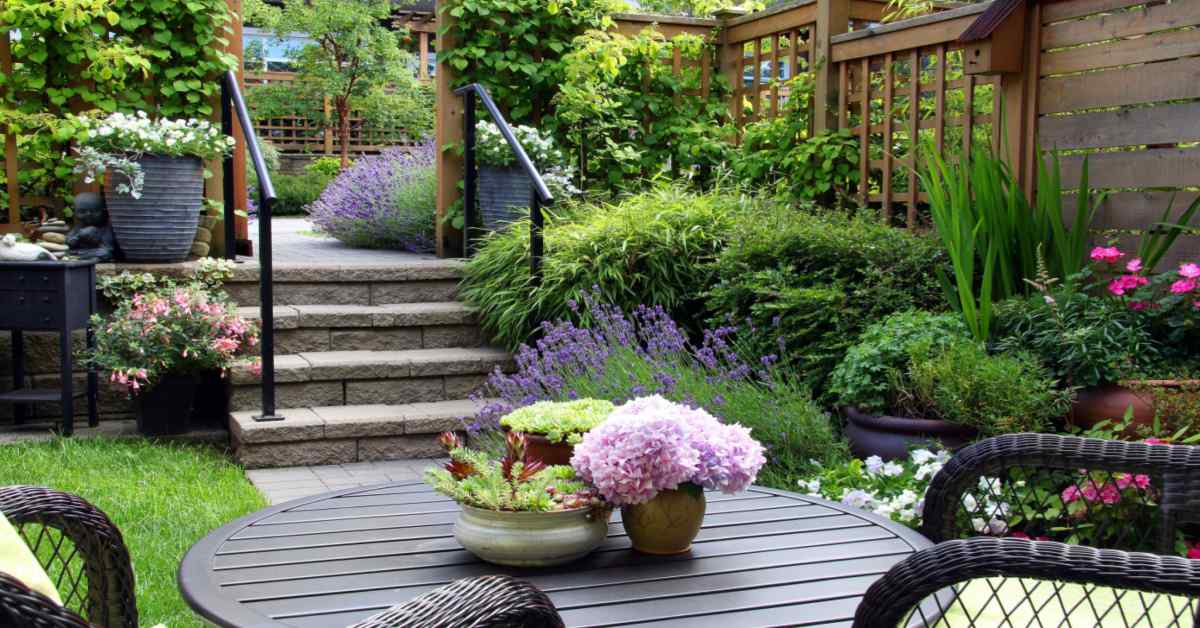
Explore Backyard Garden Ideas for Your Outdoor Oasis
January 31, 2025
3576+ views

The Benefits and Challenges of Using Bamboo as a Building Material
January 31, 2025
8397+ views
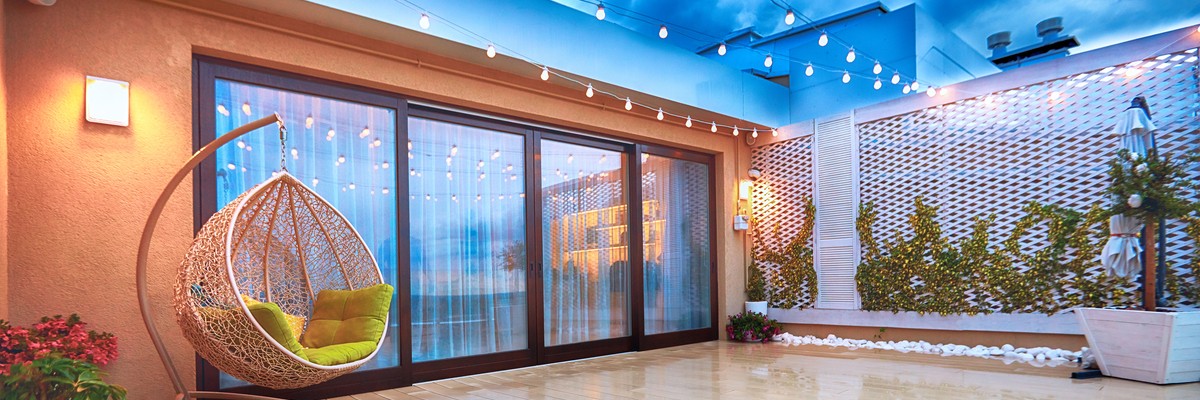
Modern Rooftop Design Ideas to Transform Your Space
January 31, 2025
4301+ views

78th Independence Day Decoration Ideas for August 15, 2025
January 31, 2025
3815+ views
Loved what you read? Share it with others!
NoBroker Interiors Design Testimonials
Most Viewed Articles

Top Hanging Light Ideas to Illuminate Your House
January 31, 2025
393743+ views

GFRG Panels - A New Technology in Building Construction
January 31, 2025
258276+ views
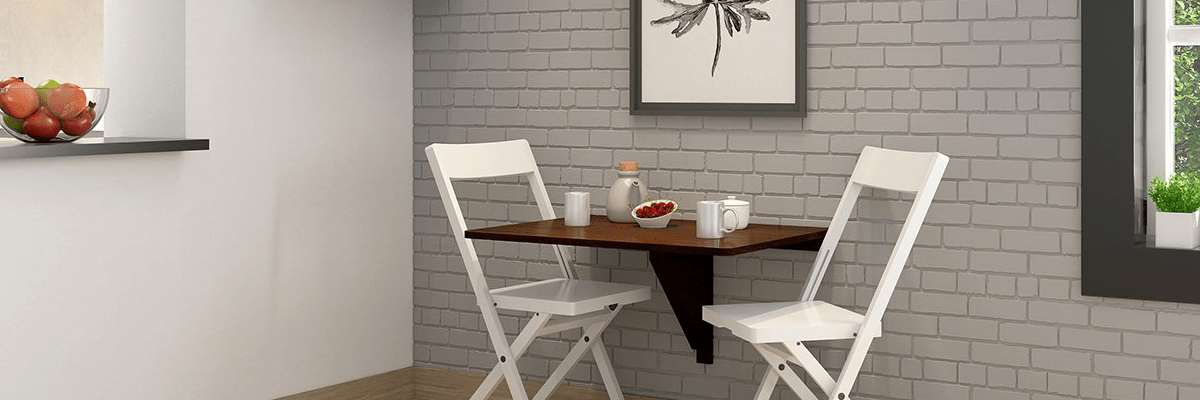
15 Wall-Mounted Dining Table Design Ideas
January 31, 2025
104167+ views

How Mivan Construction Technology Is Transforming the Art of Building!
January 31, 2025
72808+ views

Best 3 Bedroom House Plan: Modern and Space-Efficient Layouts for 2025
January 31, 2025
42585+ views
Recent blogs in
Luxury Bedroom Interior Design: Transform Your Space with Elegance in 2025
February 19, 2025 by Simon Ghosh
February 14, 2025 by Rahul Sahani
30 Best Living Room Modern Interior Design Ideas for Your Modern Living Space 2025
February 7, 2025 by Priyanka Saha





Join the conversation!